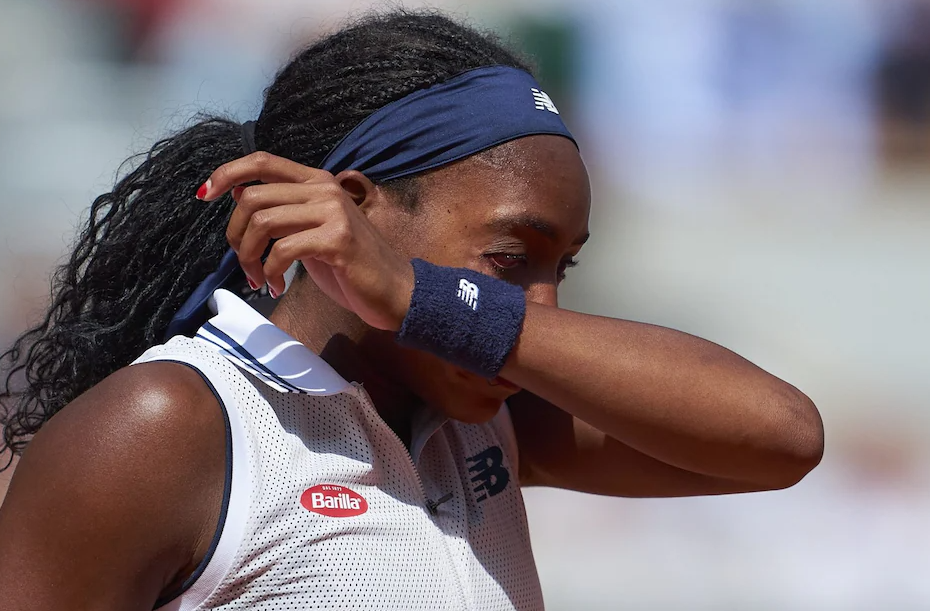Following a contentious call during her French Open semifinal against Iga Świątek, Coco Gauff has urged for the widespread adoption of a Video Review system in tennis. The American teenager, visibly distressed by the decision, believes that the sport must modernize to keep pace with other major sports.
In the second set, with Gauff holding a 2-1 lead, a line judge ruled her return of serve “out.” However, the umpire overruled this call. Gauff argued that the initial call affected her play, but the umpire disagreed. Despite regaining her composure and briefly breaking Świątek’s serve, Gauff eventually succumbed to the World No. 1 with a final score of 6-2, 6-4.
Speaking to reporters post-match, Gauff emphasized the need for technology to aid officiating in tennis:
“Tennis is unique because so often, decisions rest on the judgment of a single person,” Gauff explained. “In most sports, multiple referees or officials collaborate to make calls. We saw some use of video review at the US Open last year and even in doubles. It’s hard to believe that in 2024, we still don’t have this across the board.
“It’s not just because it happened to me today. It’s frustrating as a player to review footage later and realize you were right. At that moment, it doesn’t change anything. Even though you can appeal to a supervisor, they can’t overrule on-court decisions. Our sport needs to evolve because the technology is there – it’s already shown on TV.”
The proposed video review system builds on the ‘Hawkeye’ technology used for line calls, enabling players to contest decisions like double bounces or fouls. This system has been tested successfully in events like the ATP Finals and made its Grand Slam debut at the 2023 US Open. However, it’s not without its hiccups; Andy Murray experienced a malfunction with the system during his first-round match at the US Open, sparking some debate on its reliability.
Iga Świątek, who won the match against Gauff, expressed her reservations about the implementation of such technology, raising concerns about its practical integration into the game.
“I’m not sure how it would work logistically,” Świątek remarked, according to Reuters. “When can players request a review, or when does the umpire decide to use it? Today, the umpire was confident in her call, so I’m curious how a video system would handle that.”
As tennis continues to weigh the benefits and challenges of video review, Gauff’s experience highlights the ongoing debate about integrating advanced technology into the sport to ensure fair play and accurate officiating.






